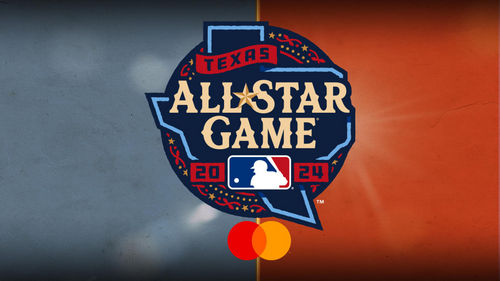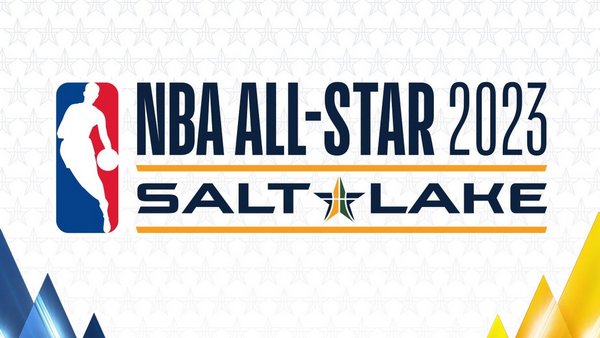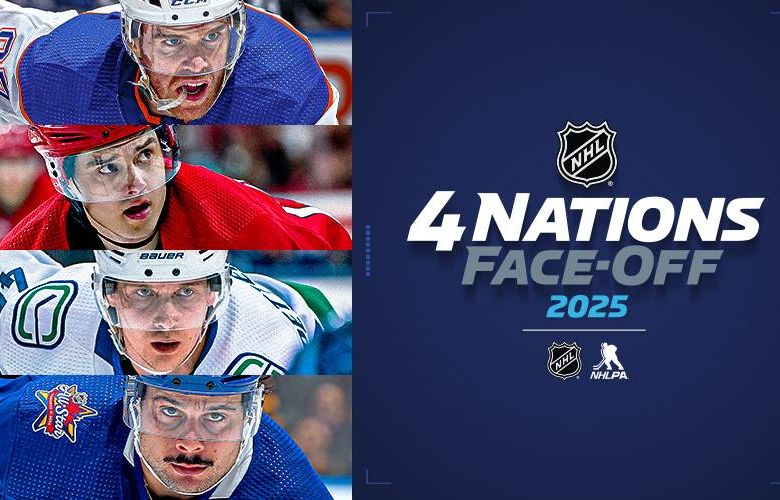Comparing NBA League Rules in the US and Around the World

If you're a fan of basketball, chances are you've heard of the NBA League. With its fast-paced action, high-flying dunks, and superstar players, the NBA has become a global phenomenon. But did you know that the rules and regulations of the NBA vary from country to country? That's right, the game of basketball is played differently around the world. In this blog post, we'll explore and compare the NBA League rules in the US with those in various countries, giving you a comprehensive look at how the game is played on an international level.
I. NBA League Rules in the US:
A. Player Eligibility and Draft Process:
In the US, there are certain criteria players must meet in order to be eligible for the NBA Draft. Age restrictions require players to be at least 19 years old and one year removed from their high school graduation. This has led to the controversial "one-and-done" rule, where talented young players are required to spend a year in college before entering the NBA Draft. The draft itself is a highly anticipated event, with teams selecting players based on their talent, potential, and fit within the team's needs.
B. In-game Rules and Regulations:
NBA games in the US are played on a standard-sized court with dimensions of 94 feet long and 50 feet wide. Games consist of four 12-minute quarters, with a 24-second shot clock used to ensure a fast-paced and exciting game. Foul limits and penalties are imposed to maintain fairness and discourage overly physical play.
C. Salary Cap and Player Contracts:
The NBA operates under a salary cap system, limiting how much teams can spend on player salaries. This helps to promote competitive balance within the league. Maximum player salaries and rookie scale contracts ensure that players are compensated fairly based on their experience and performance. Free agency allows players to negotiate contracts with teams of their choosing, giving them the freedom to explore different opportunities.
II. Basketball League Rules in Different Countries:
A. Euro League Rules in Europe:
The Euro League, which features the top basketball teams from across Europe, has its own set of rules that differ from the NBA. FIBA rules are followed, resulting in some key differences in game duration and structure. The international three-point line is further from the basket, leading to a game with more outside shooting. Court dimensions also vary, with European courts often being wider and longer than their NBA counterparts.
B. Chinese Basketball Association (CBA) Rules:
The CBA, one of the most popular basketball leagues in Asia, has its own unique set of rules. Age restrictions and a youth development system encourage the development of young Chinese talent. Foreign player limits are imposed, with teams only allowed a certain number of import players. The CBA also has its own official rules, leading to a different style of play compared to the NBA.
C. Australian National Basketball League (NBL) Rules:
In Australia, the NBL has its own set of rules that reflect the country's unique conditions. Game duration and structure differ, with quarters being 10 minutes long instead of 12. Import player restrictions and salary cap regulations are in place to maintain competitive balance. The NBL also has unique rules and adaptations, such as the "Super Shot" rule which awards extra points for shots made from a designated area.
D. Comparisons and Contrasts:
When comparing NBA rules to international rules, there are both similarities and differences. The NBA's fast-paced, high-scoring style contrasts with the more tactical and defensive play often seen in European leagues. These differences in rules and style of play can impact strategy and player development. Additionally, international rules can influence international players in the NBA, as they bring their unique skills and playing styles to the league.
III. Evolution and Adaptation of NBA League Rules:
A. Historical Changes and Amendments in NBA Rules:
Over the years, the NBA has made significant changes to its rules to enhance the game and address various concerns. The implementation of the three-point line revolutionized the game by rewarding outside shooting. Rule changes have also been made to address player safety and enhance fairness, such as the introduction of flagrant fouls and the restricted area under the basket.
B. Adoption of International Rules in the NBA:
International players and playing styles have had a significant impact on the NBA, leading to the adoption of certain international rules. The influx of European players has brought a greater emphasis on outside shooting and a more team-oriented style of play. The NBA has also made efforts to internationalize the game and grow its global fanbase, such as staging preseason and regular-season games in different countries.
C. Future Possibilities and Potential Rule Changes:
As the game of basketball continues to evolve, the NBA is constantly considering potential rule changes. One such change being discussed is the implementation of a play-in tournament for the playoffs. This would add excitement and competitiveness to the end of the regular season. Other potential rule changes include adjustments to the shot clock and foul rules. These changes have the potential to impact the game and shape its future direction on a global scale.
Conclusion:
Understanding and comparing NBA League rules in different countries is essential for fans of the game. The differences in rules and style of play create a unique and exciting experience in each country. The NBA's global popularity continues to grow, and the league's adoption of international rules and players has played a significant role in this success. As the game of basketball evolves, we can look forward to the continued growth and development of the NBA League, both in the US and around the world. So grab your basketball, get your game on, and enjoy the international flavor of the sport we all love!

















































































































.svg-50x50h.jpg)
















Leave a Comment